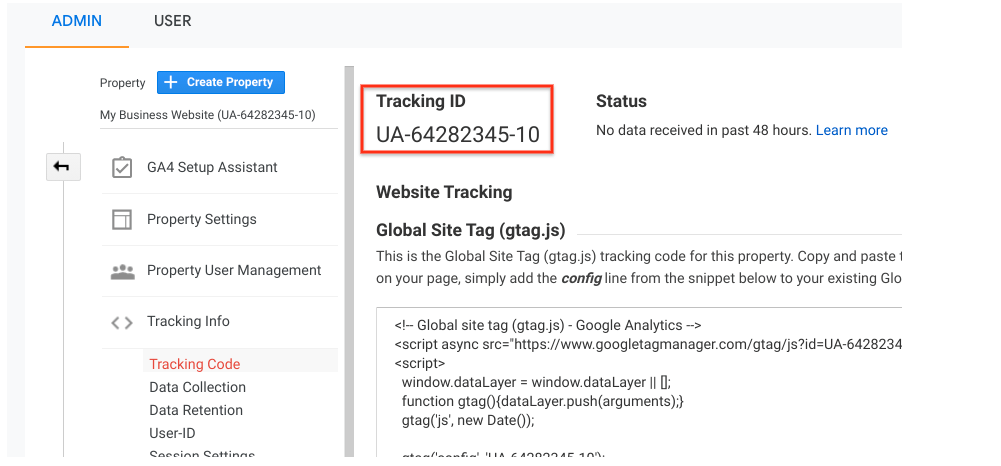Understanding the Art of Overcoming Data Collection Limitations in Google Analytics for Better Decision-Making
In the world of digital analytics, the capacity to extract meaningful understandings from information is paramount for informed decision-making. By using strategic approaches and advanced methods, companies can boost their information high quality, unlock hidden understandings, and pave the way for more reliable and educated decisions.
Data Top Quality Assessment
Analyzing the top quality of data within Google Analytics is an essential action in ensuring the integrity and precision of understandings obtained from the collected details. Information quality assessment includes evaluating various facets such as precision, efficiency, uniformity, and timeliness of the data. One crucial facet to think about is information accuracy, which refers to exactly how well the data mirrors truth worths of the metrics being measured. Incorrect information can bring about damaged final thoughts and misdirected organization choices.
Completeness of data is an additional vital element in assessing data high quality. Consistency checks are likewise essential in data high quality assessment to identify any type of inconsistencies or anomalies within the information collection. By prioritizing data high quality assessment in Google Analytics, organizations can enhance the integrity of their analytics reports and make more enlightened choices based on exact understandings.
Advanced Monitoring Methods
Utilizing innovative monitoring strategies in Google Analytics can dramatically boost the deepness and granularity of data accumulated for even more detailed analysis and understandings. One such technique is occasion monitoring, which permits for the monitoring of certain interactions on a site, like clicks on switches, downloads of documents, or video clip sights. By executing event tracking, organizations can get a much deeper understanding of individual actions and involvement with their on the internet content.
In addition, custom-made measurements and metrics supply a means to tailor Google Analytics to details organization demands. Customized dimensions enable the creation of new information factors, such as customer functions or consumer sections, while personalized metrics allow the monitoring of one-of-a-kind efficiency signs, like income per individual or typical order value.
In addition, the utilization of Google Tag Manager can enhance the execution of tracking codes and tags across a website, making it less complicated to manage and release innovative monitoring arrangements. By harnessing these sophisticated monitoring techniques, companies can unlock beneficial insights and optimize their on the internet techniques for much better decision-making.
Personalized Dimension Implementation
To boost the deepness of data accumulated in Google Analytics beyond advanced tracking techniques like event tracking, businesses can apply personalized measurements for even more tailored insights. Customized dimensions enable companies to specify and accumulate details data factors that are appropriate to their distinct objectives and objectives (What Data Does Google Analytics Prohibit Collecting?). By appointing custom-made dimensions to various components on a web site, such as user communications, demographics, or session information, services can get an extra granular understanding of exactly how customers involve with their on-line residential properties

Attribution Modeling Strategies
Effective acknowledgment modeling is critical for understanding the influence of different advertising networks on conversion courses. By using the ideal attribution version, businesses can properly attribute conversions to the proper touchpoints along the client journey. One usual acknowledgment model is the Last Communication version, which offers credit history for a go to this site conversion to the last touchpoint a user connected with prior to transforming. While this model is very easy and simple to carry out, it typically oversimplifies the customer trip, ignoring the influence of various other touchpoints that added to the conversion.

Data Experiencing Avoidance
When dealing with huge volumes of data in Google Analytics, conquering information tasting is important to make sure precise understandings are acquired for informed decision-making. Data tasting happens when Google Analytics estimates patterns in information rather than examining the full dataset, possibly leading to manipulated outcomes. By taking these positive steps to minimize information look these up sampling, organizations can draw out more accurate understandings from Google Analytics, leading to better decision-making and enhanced general efficiency.
Verdict
To conclude, mastering the art of getting over information collection limitations in Google Analytics is important for making informed choices. By conducting a thorough data high quality assessment, executing sophisticated monitoring strategies, utilizing personalized measurements, utilizing attribution modeling approaches, and avoiding information tasting, businesses can make certain that they have precise and trusted information to base their decisions on. This will inevitably bring about much more reliable techniques and much better results for the organization.
